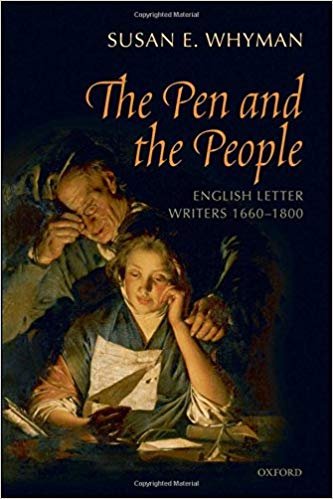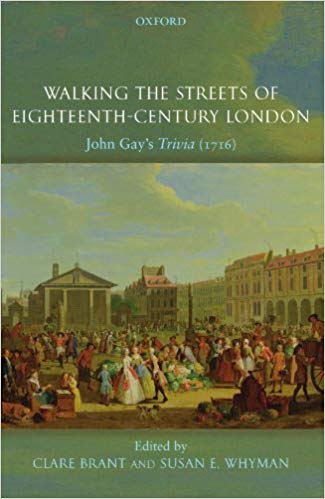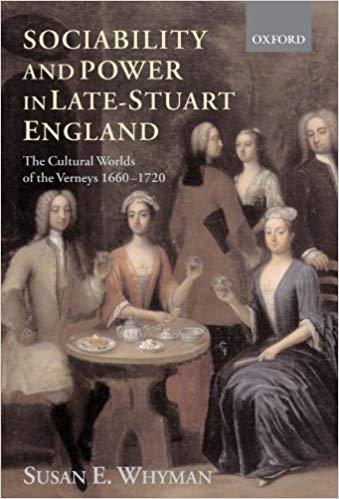Epistolary Fiction in Europe 1500-1850. By Thomas O. Beebee
Cambridge: Cambridge University Press, 1999. x + 277 pp. (cloth)
Review by
Susan E. Whyman
Thomas Beebee’s Epistolary Fiction in Europe 1500-1850 sweeps grandly across languages, cultures, centuries, and sources with imagination and intelligence. It is an important achievement covering epistolary texts in all major European languages. Although the rise of e-mail and post-modern communication have stimulated recent studies on letter writing, no one has treated this vital genre on a European-wide basis. Beebee fills this gap with a vivid panorama of letter fiction from the Renaissance to the mid-nineteenth century. His careful comparative analysis is further enriched by creative use of illustrations introducing each chapter. There is also a helpful chronological bibliography of European letter fiction to 1850. Beebee helps to define national epistolary identities by describing how English, German, French, Spanish, and Russian letter fiction evolved from their respective cultures. He finds the letter everywhere, and defines it broadly in light of current literary theory. For Beebee, the letter is not just an object, but ‘a set of functions and capabilities’ (202), as well as ‘a Protean form which crystallized social relationships’ (3). Moreover, it appropriated additional power as it functioned in a wide range of other discourses—not just novels—including drama, autobiographies, diaries, real letters, periodicals, and newspapers.. Beebee’s chapters are a series of diachronic investigations of the intersection of the letter with letter writing manuals (ars dictaminis), news and travel reporting, gender and romance, the French revolution, and nineteenth century novels.
The highlight for this reviewer was Chapter Two in which Beebee introduces the renaissance man in the letter writing machine, who presided over the circulation of letters in complex loops marked by feed-back. During these epistolary circuits, for example, letters enriched literature while letter writing manuals were shaped into stories. Beebee artfully takes on the persona of his own fictional letter writer in the machine who becomes ‘the locus of epistolary power and the unifier of discourses’ (21) in the areas of business, government, morality, family relations, and love. To make these connections, Beebee creatively employs the theory of electricity, with its power gradients and differentials. He then shows letters charging throughout society, creating social hierarchies and empowering writers and readers.
But electricity cannot work without resistance. In Chapter Three, Beebee deftly upsets Chapter Two’s neat circuit loops. He shows the occurrence of sexual and political cathection or ‘psychic charge’, as letters were ‘kissed, wept upon, eaten, beaten, held to the bosom,’ (50) and most importantly, were lost in the post and undelivered. Drawing on Poe’s purloined letter and Derrida’s errant postcards, Beebee claims that there is always ‘noise’ (15) in postal and electrical systems. This allows him to pursue his theme that the message is not inherent in the letter’s content, but is found in its path after writing, in its political contexts, and in the relative positioning of readers and writers. Epistolary relationships often were triangularized by third persons. The letter’s message might even be in its wrapper, and each new reading empowered particular readers. Letters ‘defamiliarized’ (79) gossip, information, and news by removing naturalness and making everyday events debatable. They also illuminated the fragmented nature of social and personal identities.
Beebee’s chapter on gender is a welcome addition to a huge literature that links women to letter writing and the novel. He helpfully shows the complex history and ‘contradictory’ nature of this topic. Starting with Ovid, Beebee points out male epistolary ventriloquism and the restriction of women to stereoptypes such as the abandoned lover. On the other hand, he demonstrates the agency that women found in letters and analyzes the creative literature that they authored. But, he cautions, ‘the persistence of the metaphor of the lettered woman leads to misrecognition of women’s ability to shape narrative.’(118) In many cases, it was primarily in the emotional zone, that women produced influential epistolary works. Thus, the letter form expressed both the isolation of women and the ‘weapons of interiority’ with which they chose to defend themselves in different historical settings (128).
The last two chapters trace the collapse of the epistolary format with reference to the French revolution and nineteenth century novels (199). Beebee’s genealogical method allows him to present a chronological trajectory with peaks of influence in the late seventeenth, the eighteenth, and the late-twentieth centuries. Beebee deftly describes how authors such as Austen and Doestoevsky grew up with the letter form but were ‘forced’ to use alternative methods in their later works. However, the reasons that the letter form became a ghostly burden instead of a source of empowerment are less clear (170). For example, why were the nineteenth-century epic form and the historical novel ill-suited to the letter? Beebee’s explanations for this shift are based on textual criticism and psychological phemonenon. As a historian interested in causation, I wish that he had elaborated on the intellectual, social, economic, and political factors that contributed to these cultural shifts. Did changes in communications, urbanization, and the technologies of printing, and publishing affect epistolary power? How did attitudes to authorship, as well as market considerations, shape the form and format of texts? These concerns, however, are extraneous to Beebee’s own goals, which are clearly outlined and brilliantly achieved.
Beebee does make it clear, that in the late-twentieth century, the letter became a readily available form for constructing post-modern-like ‘mini-narratives’ in every discourse from philosophy to science, replacing master narratives that no longer functioned effectively. I particularly like the way he has described this trend as a world phenomenon—finding a variety of intriguing forms in the international arena. I agree that the post-modern world has identified with many concerns of the epistolary novel: its ‘textual polyphonic qualities’; the dialogic nature of discourse; the often triangular nature of communication; the ‘dialectic between private self and the public sphere’ and between ‘speech as presence vs. writing as absence’ (205). The return of epistolary fiction should cause us to pause and reconsider the dire predictions of the ‘collapse of the writing subject’ (200). Indeed, the current flood of e-mail indicates a renewed respect for the epistolary format. New archival efforts to preserve electronic texts of publishers, governments and even corporations may eventually create new forms of epistolary preservation. Beebee correctly concludes that we are witnessing a new and energetic appropriation of the letter form. In the post-modern world of ‘ambiguity, illusion, and continual legitimation crisis’, notes Beebee, ‘the letter always arrives at its destination’.





